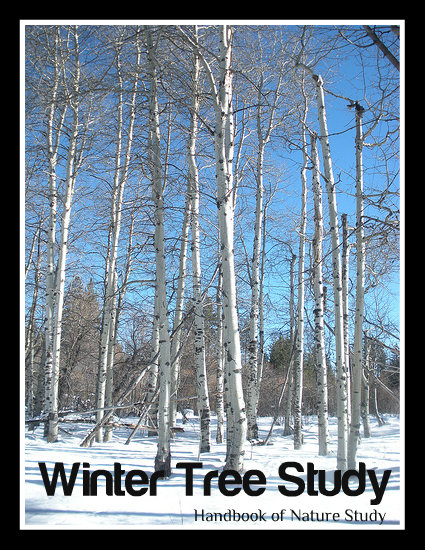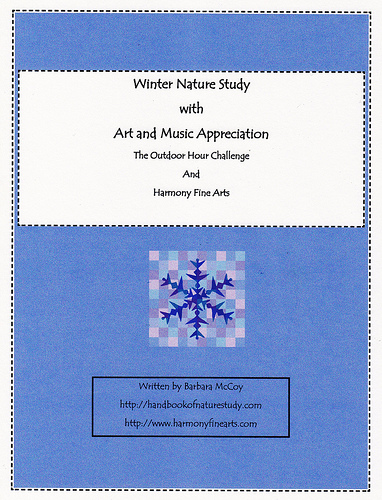We completed our Winter Tree Study a few days ago before all the rains started. Last fall we chose our Tulip tree or Tulip Poplar to observe in every season for the next year. It is the tallest tree in our front yard. It lost quite a few branches during our December snowstorm so it has a little different shape than it did back in October.
There are virtually no leaves left on the tree at this point.
The boys noted that there are still a million helicopter type seeds left on the tree.
The ground under the tree is covered in seeds. The boys are going to sketch some of the seeds into their nature journals.
Mr. A wanted me to note that he had to spend the better part of an afternoon last week cleaning out the rain gutters and downspouts and the bulk of the mess was from this tree with its helicopter seeds. They are just thin enough to sift through the screens over the rain gutter.
Here is a small cluster of the seeds on the ground under the tree. We noted they look like wooden flowers.
The most interesting part of our winter tree study is the moss and lichen growing on the trunk. It is really noticeable now that the tree is bare. We took a few minutes to observe the moss. Words like soft, fluffy, bright green, and spongy were used to describe the moss. It is most definitely more prominent in the winter and far greener than the fall.
Here is a link to our Fall Tree Study so we can compare the two seasons. What a difference! Now we will wait until spring to make our official study of the changes in this great tree in our yard.
Here is something that made me smile. Look at those bulbs peeking out of the ground already! I know that underneath the ground there are dozens and dozens of bulbs just waiting to pop out in flowers before long now.
Hope you get to your Winter Tree Study soon.
Barb-Harmony Art Mom









































